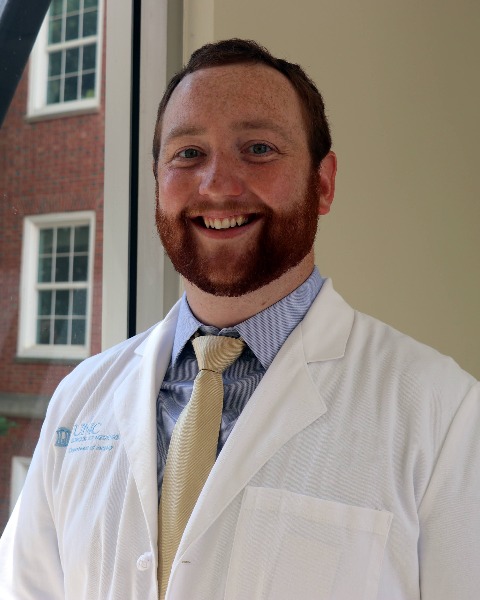HPB
48: Highly Sensitive Low Input Methylated Digital Droplet PCR Assay for Pancreatic Adenocarcinoma Molecular Subtyping

Hannah Trembath, MD
General Surgery Resident
University of North Carolina, United States
Hannah Trembath, MD
General Surgery Resident
University of North Carolina, United States
Hannah Trembath, MD
General Surgery Resident
University of North Carolina, United States- IM
Ian McCabe, B.S.
PhD Student
University of North Carolina at Chapel Hill, United States - SZ
Sandra Zarmer, B.S.
PhD Student
University of North Carolina at Chapel Hill, United States - ZS
Zachary Schrank, B.S.
Medical Student
University of North Carolina at Chapel Hill, United States - HT
Hannah Thel, B.S.
Medical Student
University of North Carolina at Chapel Hill, United States - JA
Justin Ashby, B.S.
Medical Student
University of North Carolina at Chapel Hill, United States 
Joseph Kearney, M.D.
Surgery resident, Clinical research fellow
UNC Hospitals- General Surgery
Durham, North Carolina, United States- YX
Yi Xu, B.S.
PhD Student
University of North Carolina at Chapel Hill, United States - GH
Gabriela Herrera, B.S.
Research Technician
University of North Carolina at Chapel Hill, United States - DW
Des Weighill, Ph.D.
Postdoctoral Associate
University of North Carolina at Chapel Hill, United States 
Jen Jen Yeh, MD
Professor
University of North Carolina at Chapel Hill
Abstract Presenter(s)
Submitter(s)
Author(s)
Methods:
We developed a single sample methylation-based classifier, MYSTIC, using 20 predictive methylation probe sites between the subtypes. To be clinically usable, we converted this first to a quantitative PCR (qPCR) platform using patient derived xenograft (PDX) tumors which recapitulate molecular subtypes. We then moved to development of a digital droplet PCR (ddPCR) assay.
Results:
We identified methylation patterns between basal and classical subtypes in TCGA PAAD (n=150) and selected the top 20 differentially methylated sites. We constructed a model to predict subtype that was validated on two independent cohorts (n= 82, n=21). Primers designed for the top 20 probe sites were first tested and validated on qPCR. 24 of 25 PDX samples were predicted in near perfect concordance with their known RNA sequencing subtypes (κ = 0.911, p</em>< 0.001). Using ddPCR with only 14 nanograms of input DNA, we evaluated 6 PDX tumors (3 basal, 3 classical). Running the model with the ddPCR data predicted 6 of 6 molecular subtypes with perfect concordance. Figure 1 depicts ddPCR droplets of the 6 samples at both a basal and classical methylation site with the basal samples showing more droplets at the basal methylation site and vice versa. Circulating tumor DNA exists within the blood of PDAC patients. ddPCR is a powerful, high sensitivity, lower cost technology offering clinical promise for the early detection and disease monitoring for many cancers, and it is already FDA approved for CML treatment response monitoring. Here we show our ability to predict subtype using only 14 nanograms of DNA on a ddPCR platform, >10 fold less required than Nanostring and >70 fold less than RNA sequencing. Our results reflect significant progress towards our goal for liquid biopsy subtyping. Development of a noninvasive blood-based classifier has the potential to change clinical practice, providing noninvasive diagnostics and longitudinal monitoring.
Conclusions: Learning Objectives:
